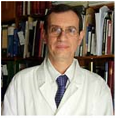- Submissions

Abstract
Advancements in Civil Engineering & Technology
Studies about Guarino Guarini’s between 19th and 20th Century. Notes on Giovanni Vacchetta’s Manuscripts
-
Open or CloseElena Gianasso*
Polytechnic of Turin, Italy
*Corresponding author:Elena Gianasso, Polytechnic of Turin, Italy
Submission: December 06, 2024;Published: December 20, 2024

ISSN : 2639-0574Volume6 Issue 4
Abstract
The studies about the Baroque during the nineteenth century expresses a negative evaluation of the buildings, considered strange and bizarre. Guarino Guarini (1624-1683), the famous mathematician, engineer, philosopher, was considered negatively, but a group of scholars since the second half of the nineteenth century attempted to think about his works with a different point of view. Based on the research in archive and in the library, applying the methodology of the historical research discussed at that time, they wrote and published the first studies about the Baroque and about Guarini too. Giovanni Vacchetta, a professor at an Italian school for mechanical engineers, the Museo Industrial now Polytechnic of Turin, started his studies about the Theatine on an analysis of the references already published. He compared the bibliography, moving up the traditional method of the research adopted nowadays, with the drawings available in the archives and in the collections of the libraries. He examined, with the references, the material sources in a period during which the historians worked in the archives to write a biography or to explain an historical event. Vacchetta read, wrote and sketched to know, for his research and teaching, the buildings, underlining Guarini’s presence in Turin through his Holy Shroud chapel, Saint Lorenzo church, Carignan Palace and others architectural works then discussed and reattributed by the critics. His research and his methodology of historical research become a tool to analyze the so-called Piedmontese Baroque with a different critical approach. In the topic of the history of the engineering, the studies conducted between nineteenth and twentieth century about Guarini become an experimentation which uses the transformation of the negative judgment about him in first appreciation like a tool to study his works, in the fourth century of his birth (1624-2024), with a different point of view.
Keywords: Baroque; Eclecticism; Research; Methodology; Teaching; Experimentation; Piedmontese baroque; Holy shroud chapel; Saint lorenzo church; Turin
 a Creative Commons Attribution 4.0 International License. Based on a work at www.crimsonpublishers.com.
Best viewed in
a Creative Commons Attribution 4.0 International License. Based on a work at www.crimsonpublishers.com.
Best viewed in 




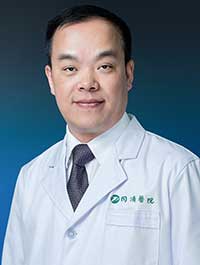
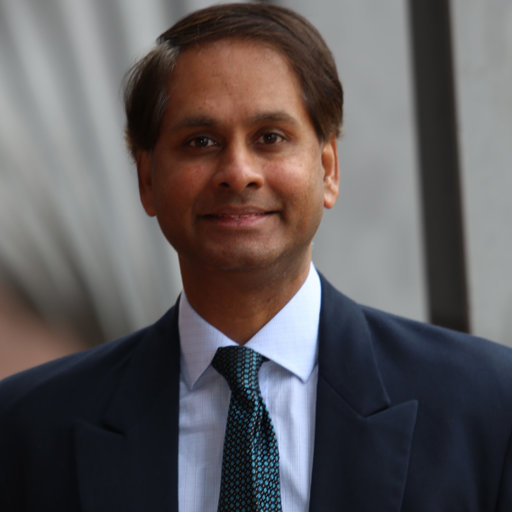

.jpg)
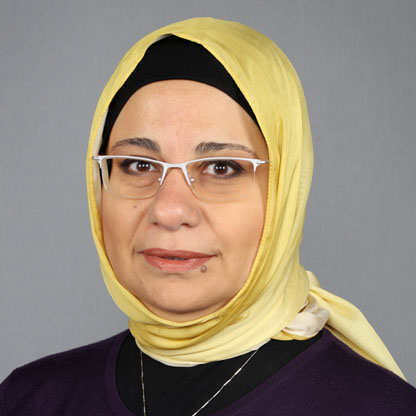
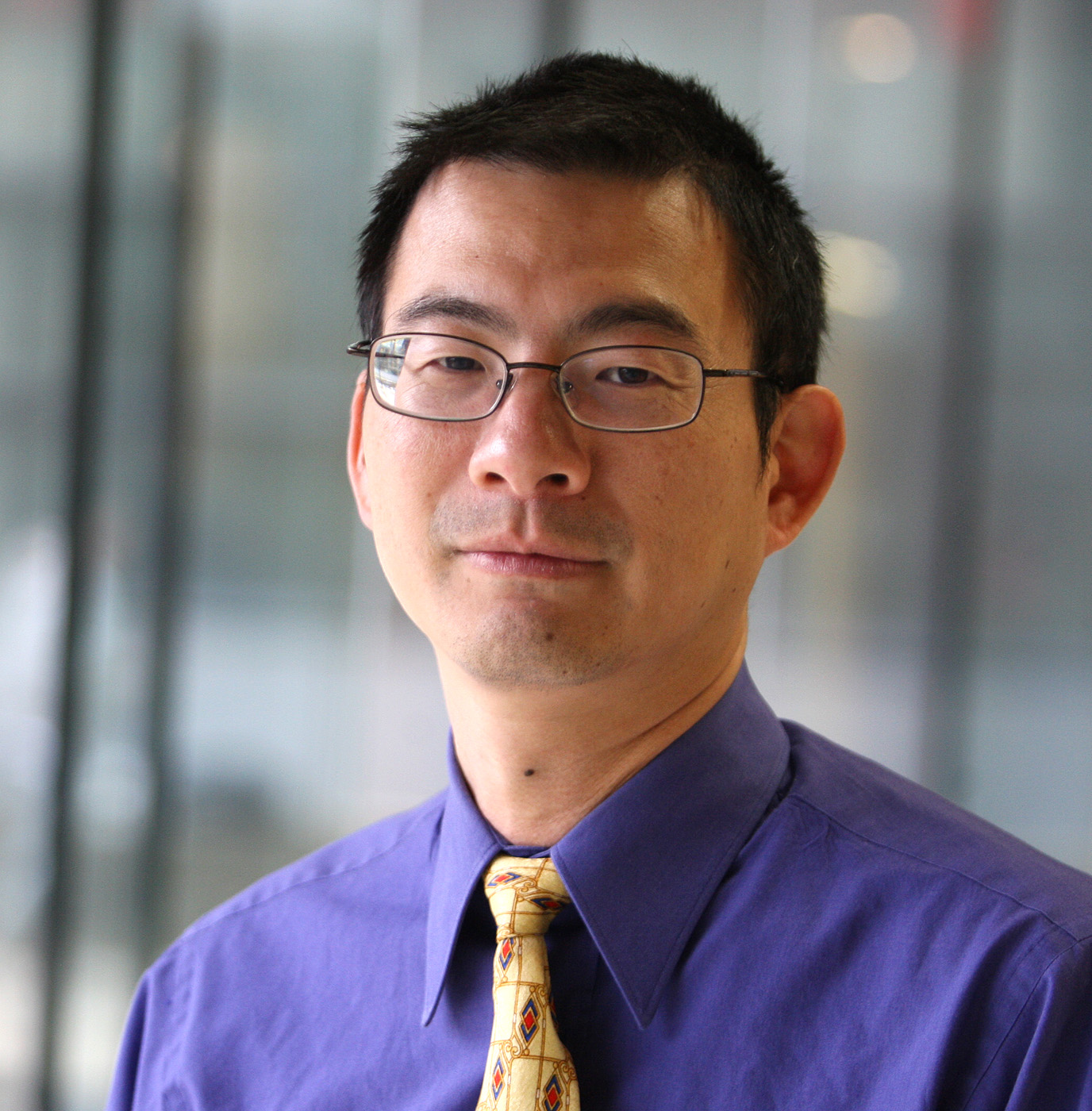
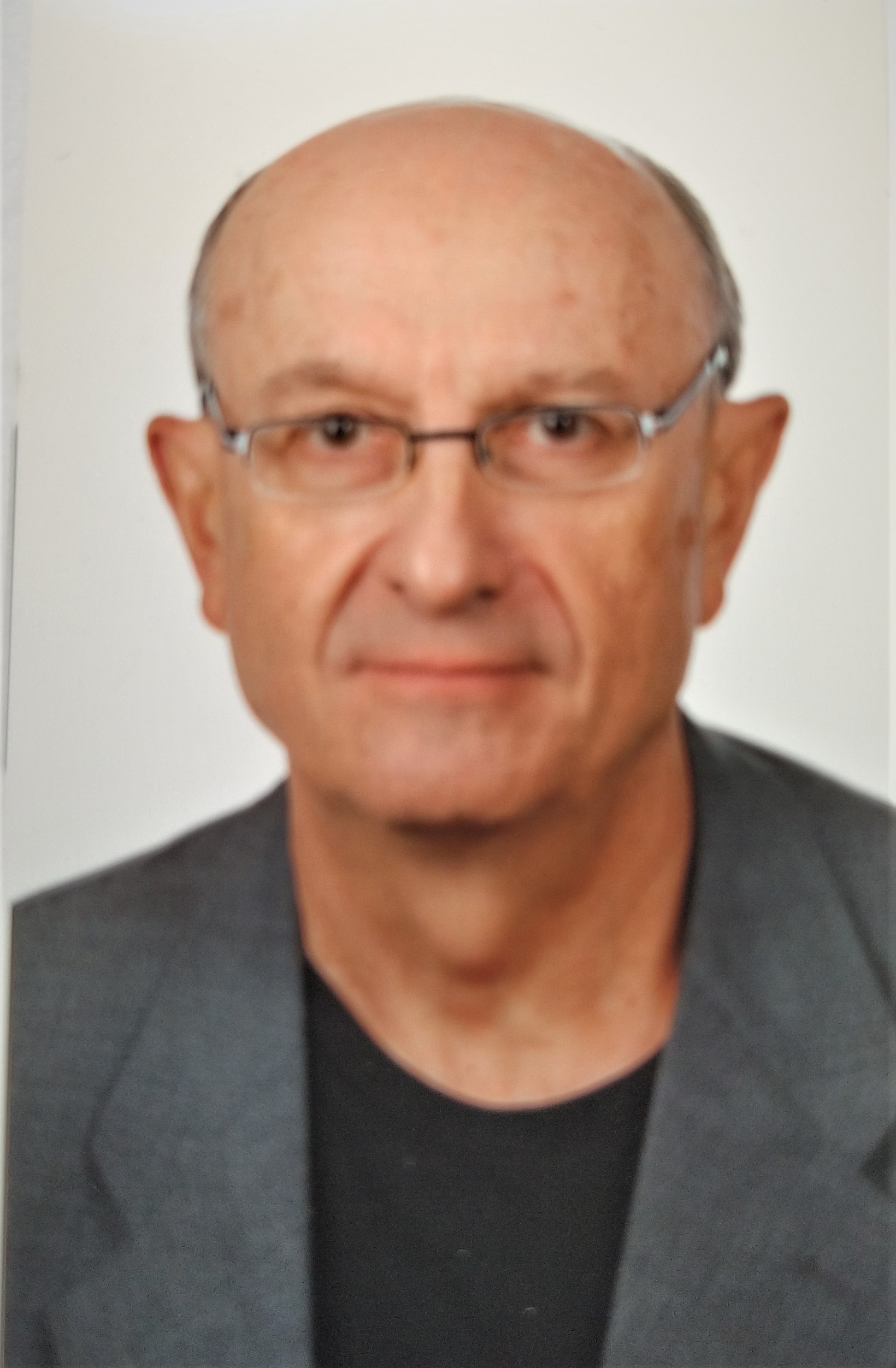
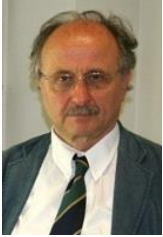


























 Editorial Board Registrations
Editorial Board Registrations Submit your Article
Submit your Article Refer a Friend
Refer a Friend Advertise With Us
Advertise With Us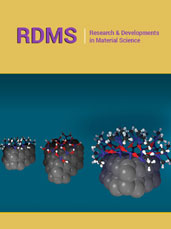
.jpg)
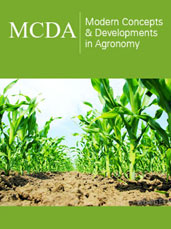
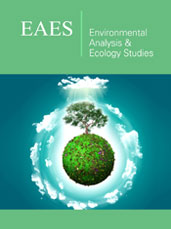


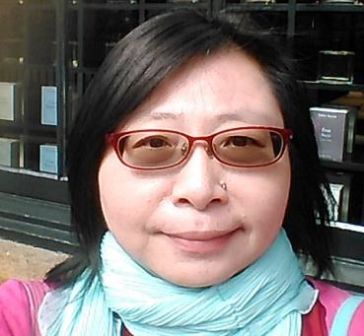
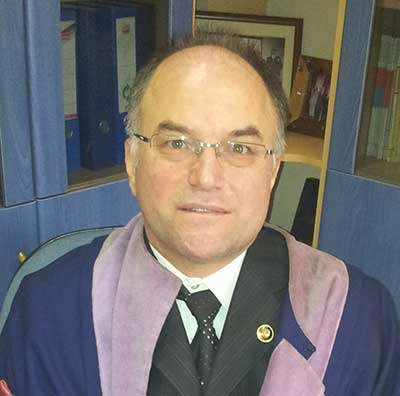
.jpg)


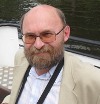

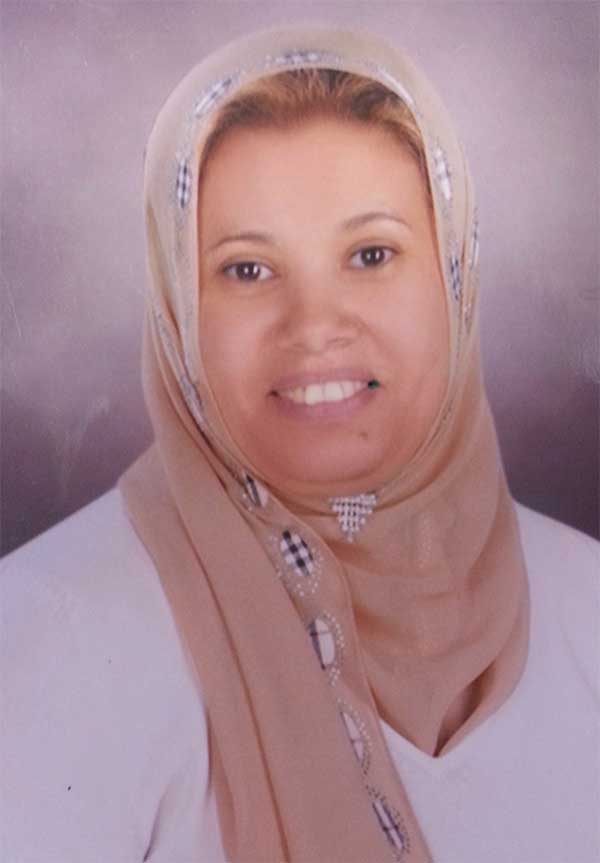









.bmp)
.jpg)
.png)
.jpg)
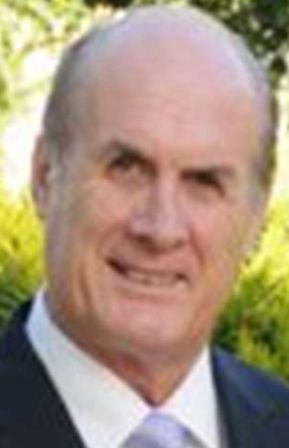









.jpg)

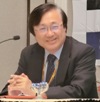



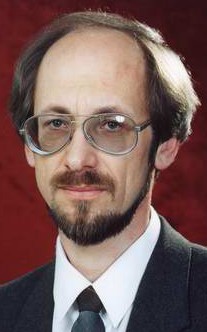
.png)

.png)



.png)


